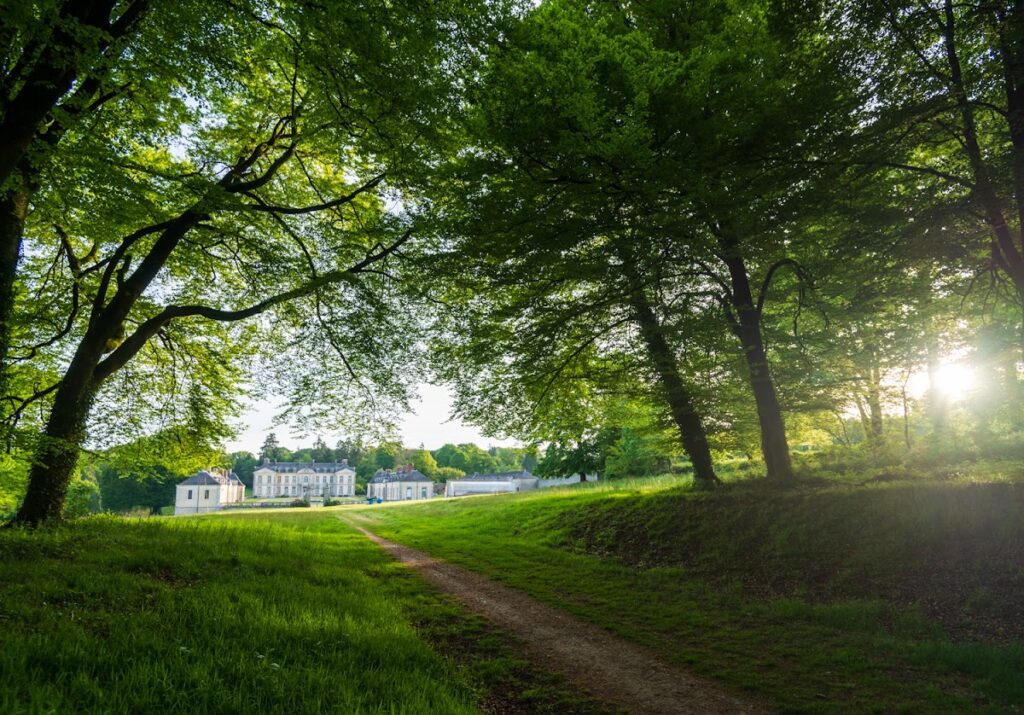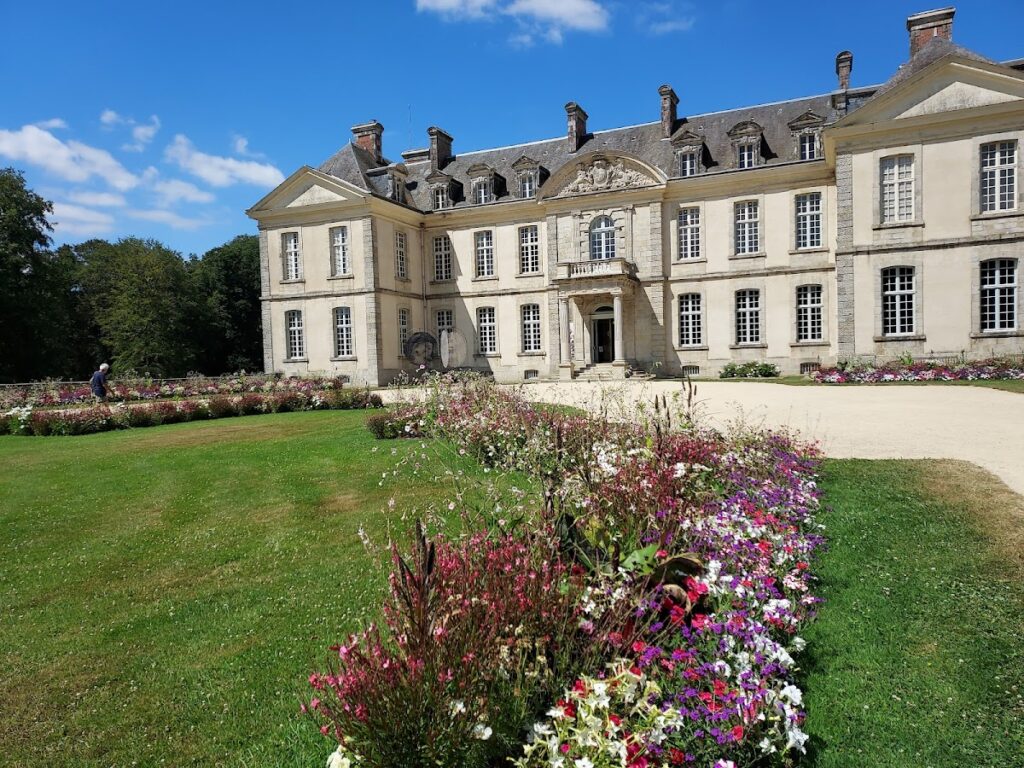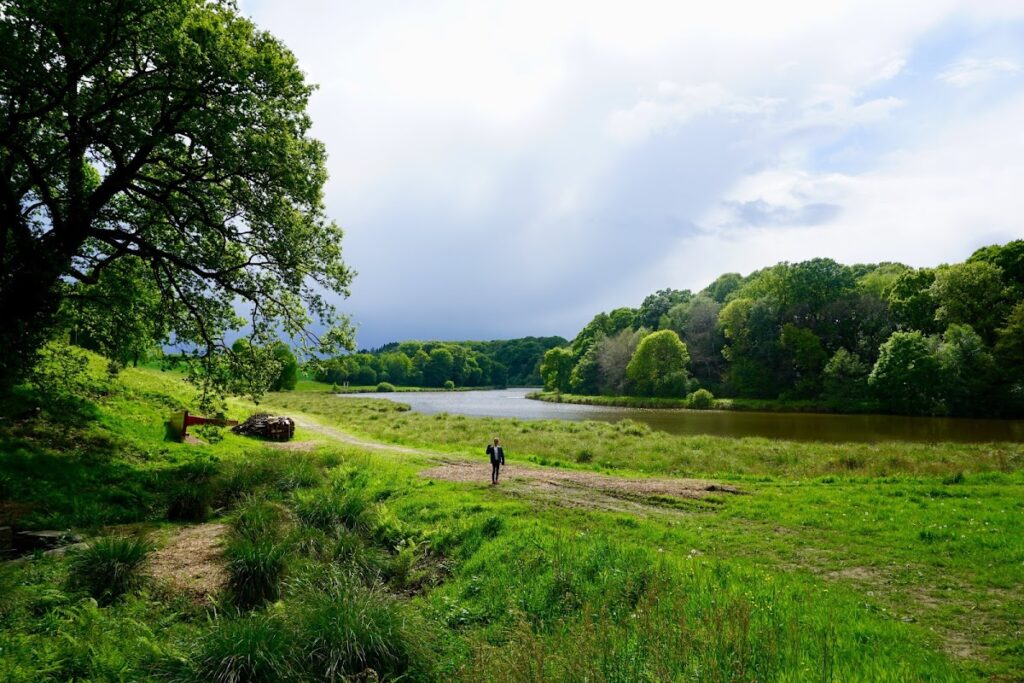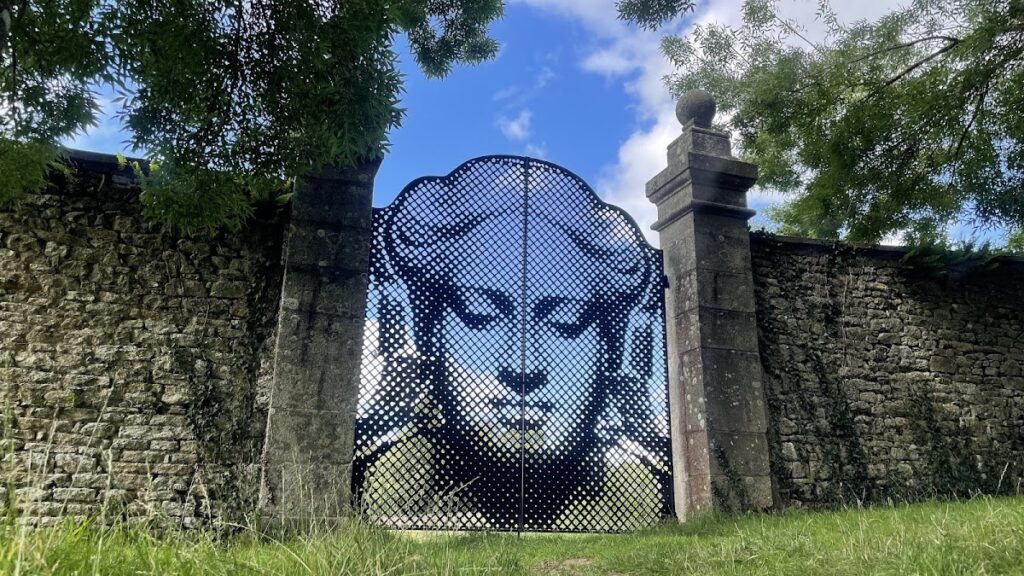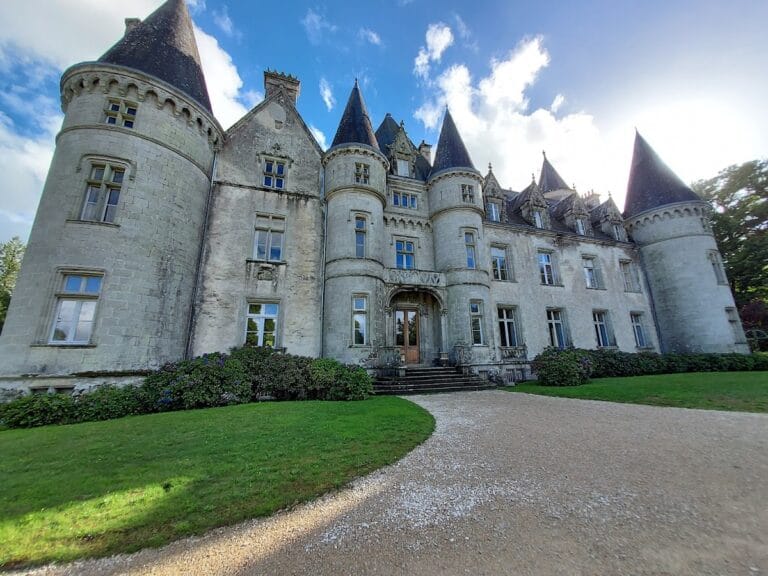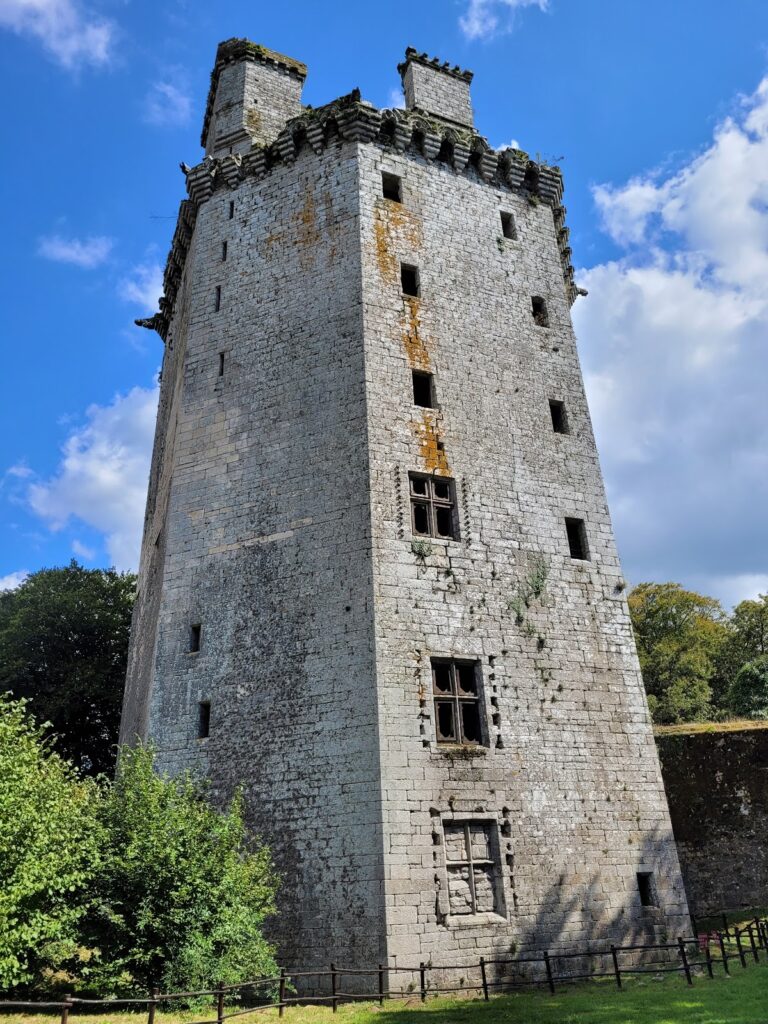Château de Kerguéhennec: An 18th-Century Estate and Cultural Site in Bignan, France
Visitor Information
Google Rating: 4.5
Popularity: Low
Google Maps: View on Google Maps
Official Website: www.kerguehennec.fr
Country: France
Civilization: Unclassified
Remains: Military
History
The Château de Kerguéhennec is situated in Bignan, France, and was constructed in the early 18th century by French architects under the patronage of Swiss financiers. The estate’s origins date back to 1710 when Olivier Delourme designed the château for the Hogguer brothers, who were wealthy bankers from Saint-Gall in Switzerland. These brothers, involved as shareholders in the French East India Company, established themselves in Paris and commissioned this construction in Morbihan.
In 1732, the property transitioned from being primarily a residential estate to an agricultural and forestry holding under the ownership of Guy-Auguste de Rohan-Chabot, Comte de Maillé-Seizplouë. Although he owned the land, he did not live on the estate. After his death, the estate was held by his son, Louis-Antoine de Rohan-Chabot, Duc de Rohan, who eventually sold the property in the aftermath of the French Revolution.
The château changed hands in 1802 when Comte Louis Henri de Janzé acquired it. This family maintained ownership until 1872 when Louis Albert Henri de Janzé transferred it to his cousin Paul-Henri de Lanjuinais, a political figure serving as a deputy and president of the general council of Morbihan. Paul-Henri initiated a significant restoration project, employing the Parisian architect Ernest Trilhe to update the château. Furthermore, he commissioned Swiss landscape architect Denis Bühler to lay out the expansive 170-hectare park surrounding the château. Bühler designed the grounds with a combination of a French formal garden near the main building and an English-style park to the north, which includes an arboretum for tree collection and study.
Ownership of the estate remained within the Lanjuinais and later the Espivent de la Villeboisnet families, eventually passing to Elisabeth Anne Marie Espivent de la Villesboisnet, comtesse Pierre d’Humières. She sold the château and its grounds in 1972 to the local government of Morbihan. Since 1988, the château has been officially recognized as a historic monument, emphasizing its cultural and architectural importance.
Remains
The Château de Kerguéhennec is an eighteenth-century estate noted for its design, often referred to as the “Versailles Breton,” a nickname that highlights its architectural significance. While specific layout details are not documented, the château reflects the style typical of French noble residences constructed in the early 1700s. The complex includes not only the main château but also various outbuildings that now function as a center for contemporary art.
The estate’s grounds cover 170 hectares and reflect a blend of garden styles. The area encircling the château is arranged as a French formal garden, characterized by symmetry and geometric precision typical of the period. To the north lies an English-style park, which offers a more naturalistic landscape and contains an arboretum. This park was designed by Denis Bühler in the late 19th century, complementing the château’s earlier architecture with its varied plantings and open spaces.
From 1986 onwards, the grounds have featured an open-air sculpture garden with approximately thirty works by notable contemporary artists. Sculptures by Richard Long, Giuseppe Penone, Toni Grand, Dan Graham, Jean-Pierre Raynaud (notably his “1000 pots bétonnés pour une serre ancienne”), Marta Pan with her water parcours, and Malachi Farrell’s permanent installation of bubbling on the lake contribute an artistic dimension to the park.
Currently, the château itself is closed for restoration projects expected to continue until 2027, but the park remains accessible for those interested in its landscape and outdoor cultural installations. The preservation of the structures and gardens reflects a continuous evolution of the site from its 18th-century origins to its present role as a cultural monument and contemporary art venue.
